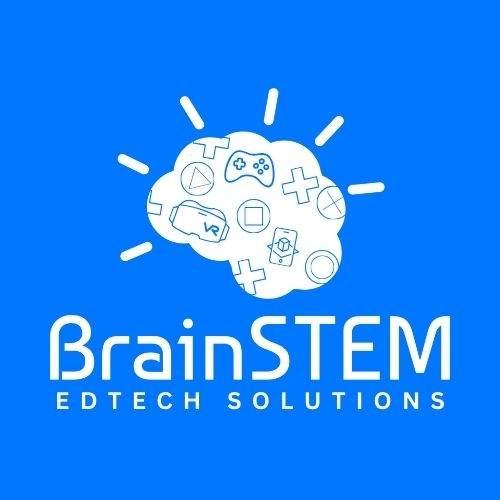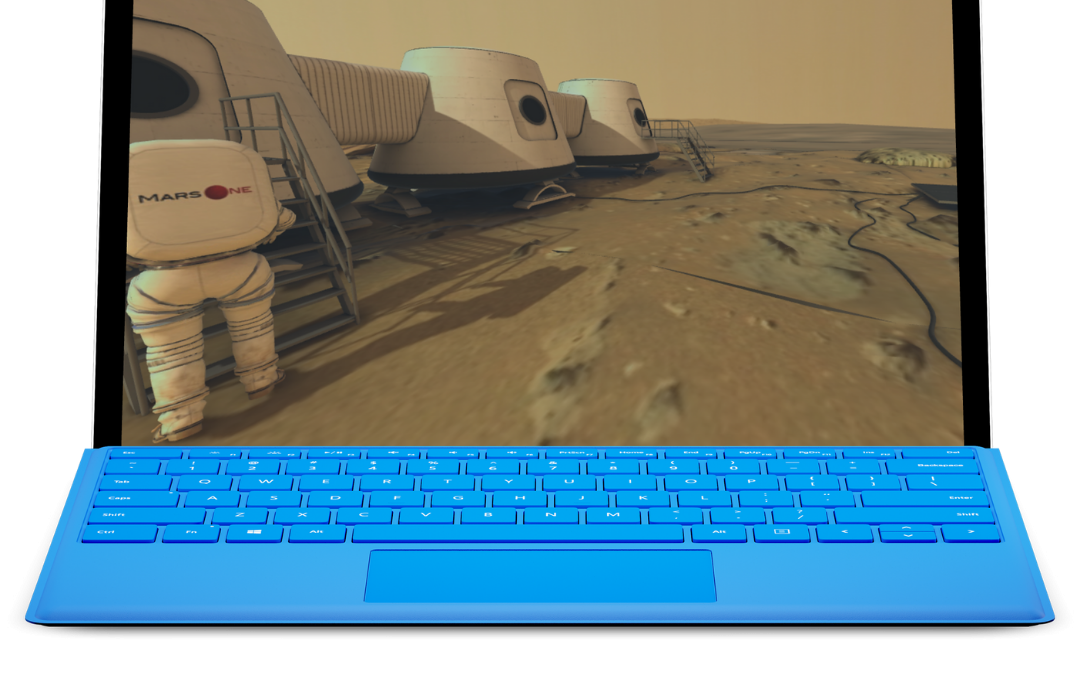Background: NCFL’s FSLsci Program
The National Center for Families Learning (NCFL) launched the Family Service Learning Science (FSLsci) program to bring families together around science-based research and learning. This initiative engages parents and children in collaborative projects where they explore scientific concepts, conduct experiments, and connect science to everyday life. The program is designed to build confidence in STEM, improve digital literacy, and create meaningful opportunities for families to learn side-by-side.
BrainSTEM Edtech Solutions was contracted by NCFL to design, implement, and deliver immersive VR experiences as part of the FSLsci program. Our role included developing custom virtual learning environments, training facilitators, and integrating VR into the program’s broader goals of family engagement and science education.
Challenge
While families expressed excitement about science learning, many faced barriers to full participation.
- Accessibility: Not all families had equal access to technology or prior exposure to digital tools.
- Engagement: Traditional instruction sometimes failed to capture attention or create sustained interest.
- Skill Gaps: Parents often lacked confidence in their own tech skills, which limited their ability to support their children.
Solution: Virtual Reality as a Bridge
BrainSTEM Edtech Solutions introduced Virtual Reality (VR) as a tool for family learning within the FSLsci program. Instead of relying solely on textbooks or two-dimensional screens, families could explore scientific concepts in interactive, 3D environments.
Using VR to Boost Engagement
- Families conducted simulated experiments, like exploring ecosystems, modeling weather patterns, or manipulating molecules.
- VR created a shared experience—parents and children could interact in the same digital environment, sparking discussions and deeper understanding.
- The immersive nature of VR helped families retain information better than passive learning methods, creating excitement around science that extended beyond the classroom.
Using VR to Close Tech Skill Gaps
- Parents who had little experience with advanced technology gained hands-on practice with devices, navigation, and digital problem-solving.
- Children often acted as guides for their parents, fostering collaboration and role-reversal moments that strengthened family bonds.
- By the end of the program, families reported greater confidence not only in science but also in their ability to use technology in other areas of life.
Outcomes
- Increased Family Engagement: Participation rates and enthusiasm rose significantly when VR sessions were included.
- Improved Science Understanding: Families demonstrated stronger comprehension of complex science topics through interactive learning.
- Digital Equity: Parents and children gained practical tech skills, narrowing the digital divide that often limits underserved families.
- Sustainability: BrainSTEM designed experiences that worked on both VR headsets and Chromebooks, ensuring long-term accessibility.
Conclusion
The collaboration between NCFL and BrainSTEM Edtech Solutions demonstrates how VR can transform family science learning. By combining immersive experiences with community-based programming, the FSLsci program not only engaged families in science but also empowered them with essential digital skills. This case shows that VR is more than a teaching tool—it is a bridge between generations, a catalyst for equity, and a driver of lasting curiosity in STEM.

